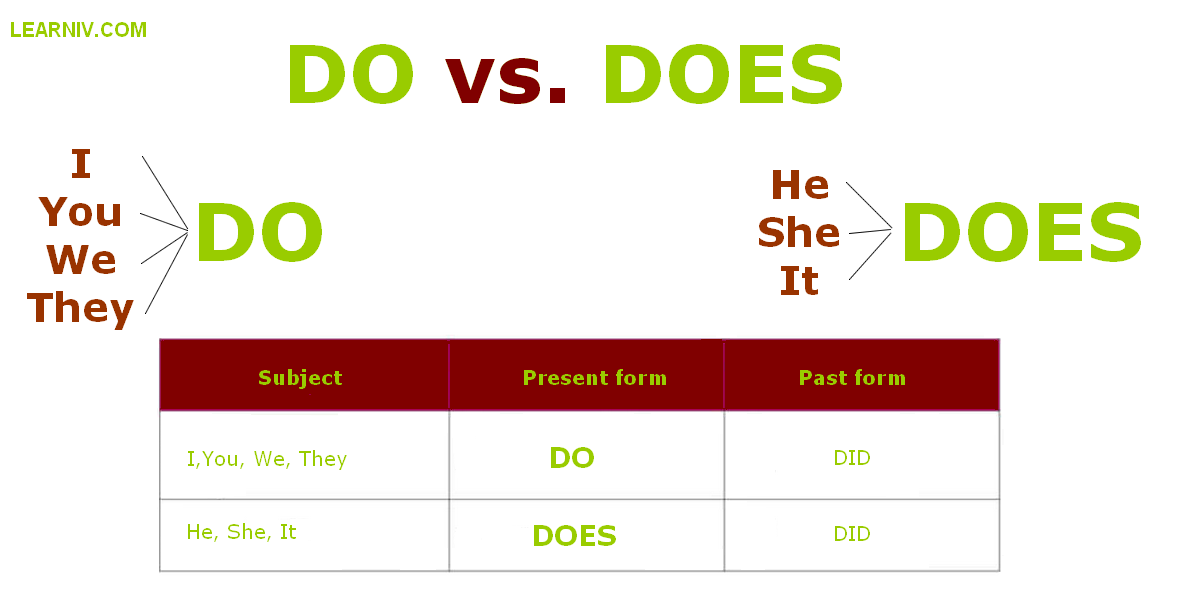How to Build a Fashion Design Career Without a Degree: Practical Steps, Real Results
Introduction: Rethinking the Path to Fashion Design
The fashion industry is often perceived as exclusive, with most aspiring designers believing a formal degree is the only ticket in. However, the reality is far more flexible and inclusive. Many successful designers have thrived without traditional education, relying instead on practical skills, relentless drive, and strategic networking. This article provides a comprehensive roadmap for becoming a fashion designer without a degree, offering detailed steps, examples, and guidance for building your reputation and career from scratch.
Develop Essential Fashion Skills Outside the Classroom
To break into fashion without a degree, you must independently master the core skills taught in design schools. These include sketching, pattern cutting, sewing, and working with textiles. Self-learning can involve online courses, YouTube tutorials, books, and free resources. For example, learning software like Adobe Illustrator or CLO3D is crucial for digital design and technical packs, which are industry standards [1] . Many platforms such as Coursera and Udemy offer introductory courses in these areas.
Consistent practice is key. Create a structured schedule to regularly work on sketches, experiment with garment construction, and familiarize yourself with different fabrics. Document every step in a portfolio to showcase your growth and versatility. Consider joining local sewing clubs, attending workshops, or volunteering with small fashion brands for hands-on experience [2] . Building these skills independently demonstrates initiative and resourcefulness to potential employers and collaborators.
Build an Impressive Portfolio
Your portfolio is your single most important asset as a self-taught designer. It should include a range of work such as sketches, mood boards, photos of finished garments, and tech packs. Highlight your unique style, creativity, and technical competence. If you lack professional work, include personal projects, collaborations, or volunteer assignments.
For digital portfolios, platforms like Behance and Instagram are widely used in the industry. Ensure your online presence is professional, regularly updated, and clearly communicates your brand identity. Consider launching a simple website using platforms like Squarespace or Wix to centralize your portfolio and contact information.
Participating in local or online fashion competitions can also enhance your portfolio and increase visibility. Many organizations host contests for emerging designers, which can be found through industry news sources and local fashion councils [2] .
Networking: Building Connections Without a Degree
Networking is often more influential than educational credentials in fashion. Attend industry events, trade shows, and fashion weeks-many offer affordable tickets or volunteer opportunities for newcomers. Use social media to connect with established designers, brands, and recruiters. Platforms like LinkedIn, Instagram, and Twitter can help you engage in conversations and stay updated on industry trends [4] .
Join online fashion communities and forums such as The Fashion Spot or Reddit’s r/fashion for peer support and insider advice. Active participation in these spaces can lead to collaboration opportunities, freelance gigs, and mentorship. If you are unable to attend physical events, prioritize virtual webinars and workshops, which have become increasingly common and accessible.
To maximize networking impact, prepare a concise introduction and elevator pitch about your design philosophy and career goals. Always have your portfolio ready to share digitally or in person.
Gain Experience Through Internships, Volunteering, and Freelancing
Lack of a degree should not prevent you from gaining hands-on experience. Many fashion brands and startups offer internships and volunteer roles that prioritize skills and enthusiasm over formal qualifications. Research local brands, boutiques, and online retailers and reach out directly with a tailored resume, portfolio, and cover letter.
You can find opportunities by searching job boards such as Indeed and FashionJobs . While some positions may list degree requirements, many are flexible if you demonstrate strong skills and motivation [1] . Freelance platforms like Upwork and Fiverr also host fashion-related gigs for designers, illustrators, and stylists.
Additionally, you can volunteer for fashion shows, photoshoots, and community events to build experience and expand your network. Document each role and project meticulously in your portfolio, highlighting your contributions and learnings.
Leverage Self-Study, Short Courses, and Certifications
While a traditional degree is not required, short courses and certifications can provide targeted education and boost your credibility. Institutions such as the Fashion Institute of Technology (FIT) and Central Saint Martins offer online short courses in design, textiles, and fashion marketing. These programs typically range from a few weeks to several months, allowing you to build skills without the time or financial commitment of a full degree [3] .

Source: zippia.com
Certification in popular design software (e.g., Adobe Certified Professional) is especially valuable and can be obtained through verified providers. Always research the institution before enrolling and ensure the course content aligns with your career goals.
For those interested in specific niches, such as sustainable fashion or costume design, look for specialized workshops and webinars. Many industry organizations and professional associations publish lists of upcoming events and educational opportunities.
Alternative Pathways: Entrepreneurship and Independent Brands
Launching your own fashion brand or label is a viable alternative for those who prefer independence or face barriers to traditional employment. Starting small with limited-run collections or custom pieces allows you to build brand recognition and refine your business acumen. Use online marketplaces like Etsy or Depop to reach early customers and gather feedback.
Entrepreneurship requires basic knowledge of marketing, pricing, and customer service. Numerous resources are available for aspiring fashion entrepreneurs, including online guides, podcasts, and local business development centers. Consider partnering with other creatives-photographers, models, stylists-to pool resources and expand your offerings.
Document your brand’s journey on social media and maintain transparency about your process and values. Many successful independent brands began as personal projects, growing through word-of-mouth and community support [5] .
Overcoming Challenges and Maximizing Opportunities
Entering the fashion industry without a degree presents challenges, including skepticism from employers and limited access to exclusive events. To overcome these barriers, continuously update your skills, stay informed about trends, and proactively seek feedback from industry professionals.
Persistence is crucial. Rejection is common-even for degree holders-but each experience offers an opportunity to learn and refine your approach. Engage with mentors where possible, and consider joining professional associations such as the Council of Fashion Designers of America (CFDA) for additional support and resources.
Always use qualifying language when discussing your skills and experience, and be transparent about your self-taught journey. Many employers value resilience and adaptability, especially in creative roles.
Step-by-Step Action Plan
1. Assess your current skills : Make a list of your strengths and areas for improvement.
2. Set clear goals : Decide which fashion sector and role you want to pursue (e.g., womenswear, menswear, accessories, costume design).
3. Create a learning plan : Identify relevant online courses, books, and tutorials for skill-building.
4. Build your portfolio : Document every project and update your online presence.
5. Network actively : Attend events, engage on social media, and seek mentorship.
6. Gain experience : Apply for internships, volunteer roles, and freelance gigs.
7. Consider entrepreneurship : Start a small brand or collaborate with others.
8. Continue learning : Explore short courses and certifications for ongoing development.

Source: sandychan974.com
Key Takeaways
Becoming a fashion designer without a degree is challenging but wholly achievable with determination, skill development, and a strategic approach. Embrace self-learning, network relentlessly, and leverage every opportunity to showcase your work. The fashion industry values originality and drive-qualities that cannot be taught but must be cultivated. Start today by assessing your skills and taking the first steps toward your dream career.
References
- [1] Indeed (2025). 12 Steps to Becoming a Fashion Designer Without a Formal Education.
- [2] Prospects (2025). 5 ways to get into fashion design.
- [3] PreCollegePrograms.org (2023). Choosing a Fashion Design Degree: Bachelor’s vs. Associate’s vs. Certificate.
- [4] Glam Observer (2024). How To Work In Fashion Without A Fashion Degree.
- [5] Startup Fashion (2017). How to be a Fashion Designer without Going to Fashion School, Part 1.



